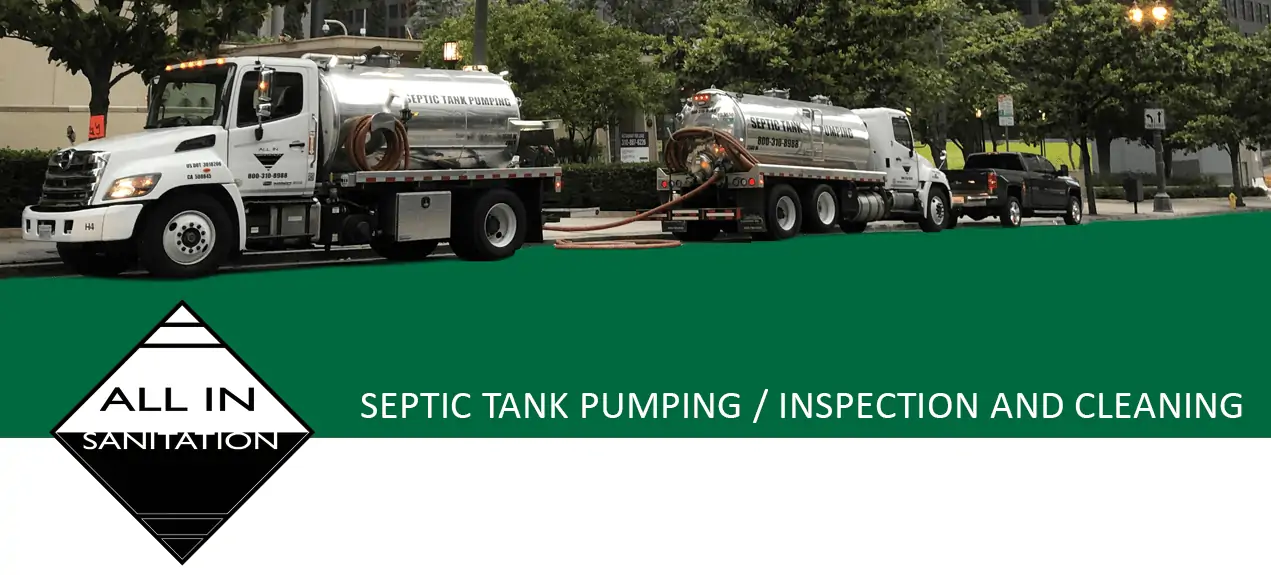All about Stillwell Septic And Grading
All about Stillwell Septic And Grading
Blog Article
The 7-Minute Rule for Stillwell Septic And Grading
Table of ContentsThings about Stillwell Septic And GradingThe Facts About Stillwell Septic And Grading UncoveredThe Best Strategy To Use For Stillwell Septic And GradingHow Stillwell Septic And Grading can Save You Time, Stress, and Money.The Best Strategy To Use For Stillwell Septic And GradingAll about Stillwell Septic And GradingRumored Buzz on Stillwell Septic And Grading
House owners should likewise enlighten themselves on the basics of septic systems to guarantee they make notified choices throughout the installation process - Setpic System Repairs. Septic tanks are a crucial part of numerous homes that are not linked to a community sewer system. They are created to deal with and deal with family wastewater on-site
The septic tank is a big, below ground container made of concrete, fiberglass, or plastic. The storage tank divides the strong waste from the liquid waste.
The 10-Minute Rule for Stillwell Septic And Grading
Along with routine upkeep, home owners should likewise bear in mind what they purge down their drains. Things such as grease, oil, coffee grounds, and womanly health products can block the system and trigger backups. It is also vital to preserve water and avoid overwhelming the system. Simple measures such as fixing dripping taps and toilets, installing low-flow showerheads and toilets, and expanding washing lots can assist decrease water use and prolong the life of the septic system.
The topography of the site is also assessed to make certain that the septic system is set up at the correct elevation. https://www.storeboard.com/stillwellsepticandgrading. The system needs to be mounted at a higher elevation than the surrounding location to avoid contamination of the surrounding setting. Problems are the minimum ranges called for by law in between the septic tank and other structures or features such as wells, buildings, and residential or commercial property lines
The proposed altitudes of the system are determined based on the results of the dirt analysis and topography evaluation. The elevations will certainly ensure that the septic system functions correctly, and wastewater is properly dealt with - Stillwell Septic. Finally, a site analysis is a vital action in septic container installation. It guarantees that the septic system is set up in the most optimal place, taking into account the soil, topography, and setbacks.
6 Easy Facts About Stillwell Septic And Grading Shown
Prior to installing a septic storage tank, homeowners need to get permits and conform with laws. Some of the licenses and guidelines that home owners need to think about consist of:: Home owners need to acquire an authorization from the neighborhood health and wellness department or structure department prior to installing a septic system.
For example, some municipalities may require a minimum lot size for septic system installation.: Property owners need to adhere to environmental laws when installing a septic tank. Some states might require an environmental impact assessment before mounting a septic system.: Homeowners need to comply with construction policies when setting up a septic system.
Getting My Stillwell Septic And Grading To Work
Some towns might need routine assessments and pumping of the septic container. It is important for home owners to obtain licenses and abide with regulations before setting up a septic system.
One of one of the most vital factors to consider when choosing a sewage-disposal tank is the size. A septic system that is also tiny for the home's demands will certainly call for even more constant pumping, while a tank that is too large can bring about too much water buildup and possible system failing. A basic guideline is that the storage tank needs to have the ability to hold a minimum of 2 days' well worth of wastewater.
3 Easy Facts About Stillwell Septic And Grading Explained

It's likewise important to consider the kind of system the septic tank will be made use of with. There are two major types of septic systems: gravity and pressure.
The Ultimate Guide To Stillwell Septic And Grading
Overall, selecting the appropriate septic storage tank for a home is an important choice that calls for cautious factor to consider. Before installing a septic tank, homeowners should take specific actions to prepare for the setup procedure.
Right here are some vital safety steps to adhere to: Use protective gear: Homeowners should use safety gear, such as handwear covers, boots, and headgears, to protect against injury during the installation procedure. Avoid electrical lines: Homeowners have to prevent excavating near electric lines to stop electrocution. Usage caution when operating heavy machinery: Home owners must utilize caution when running hefty machinery to stop mishaps and injuries.
The Definitive Guide to Stillwell Septic And Grading
By following these essential steps, homeowners can make certain an effective septic storage look these up tank installment procedure. Septic storage tank setup is a critical process that requires careful planning and execution. House owners that are setting up a septic container for the very first time ought to understand the vital steps included in the procedure to make sure that their septic tank functions effectively and successfully.

Report this page